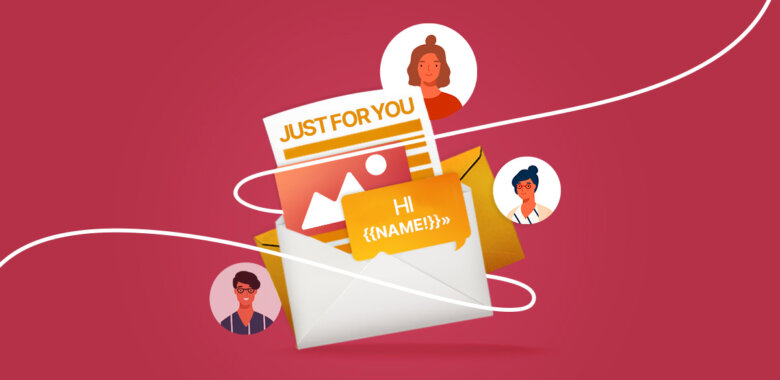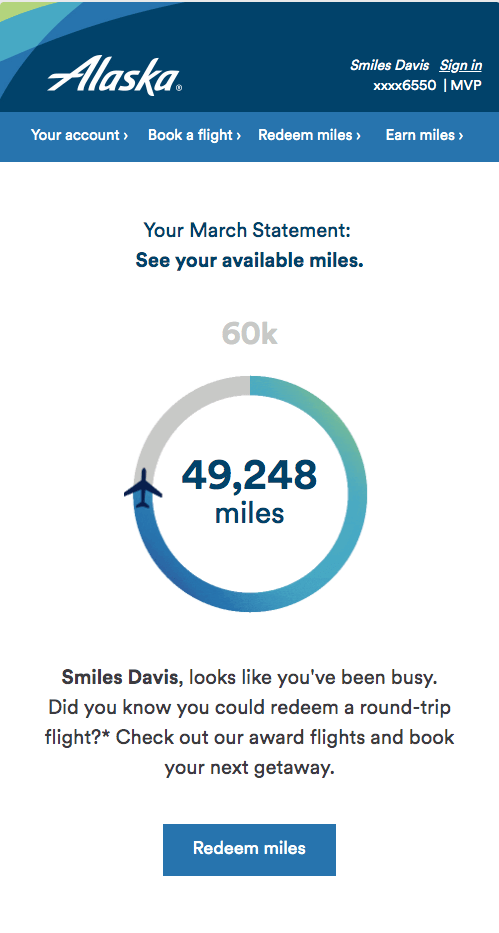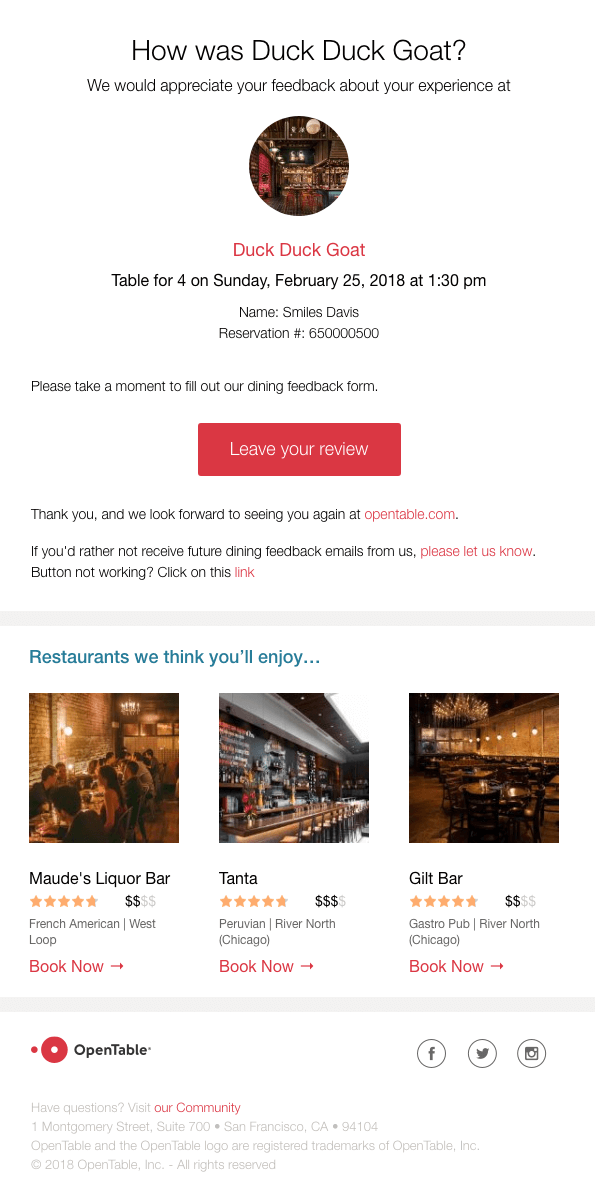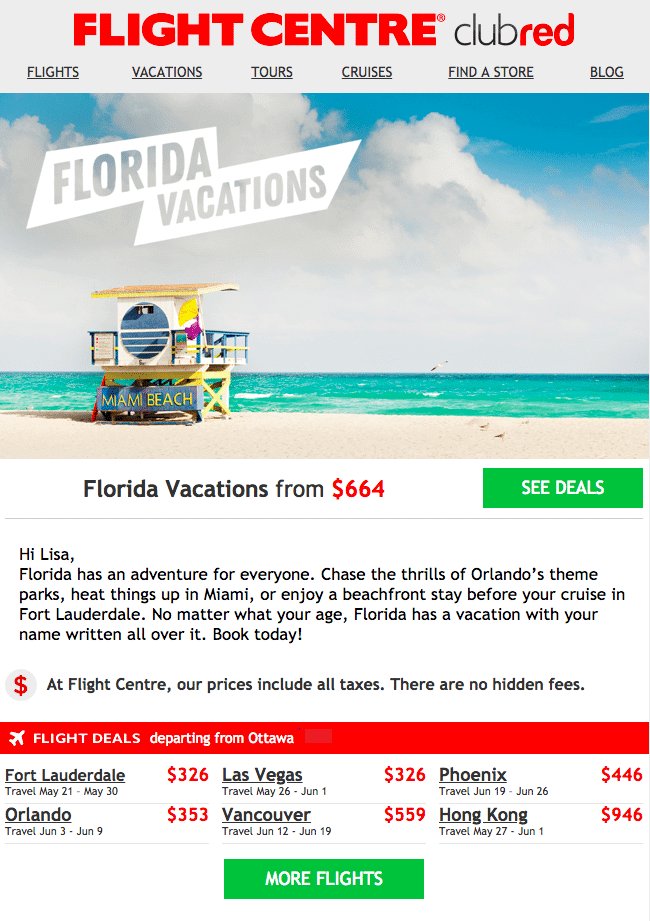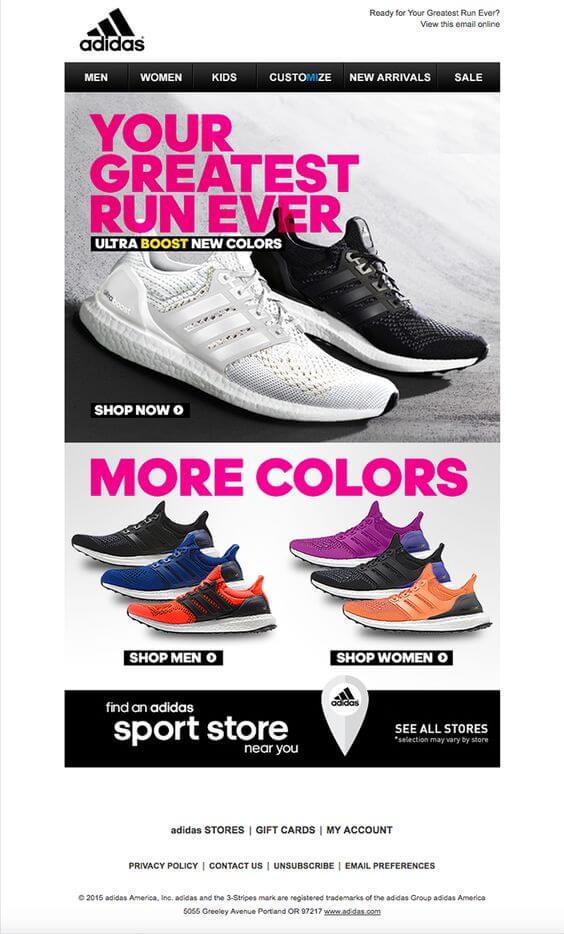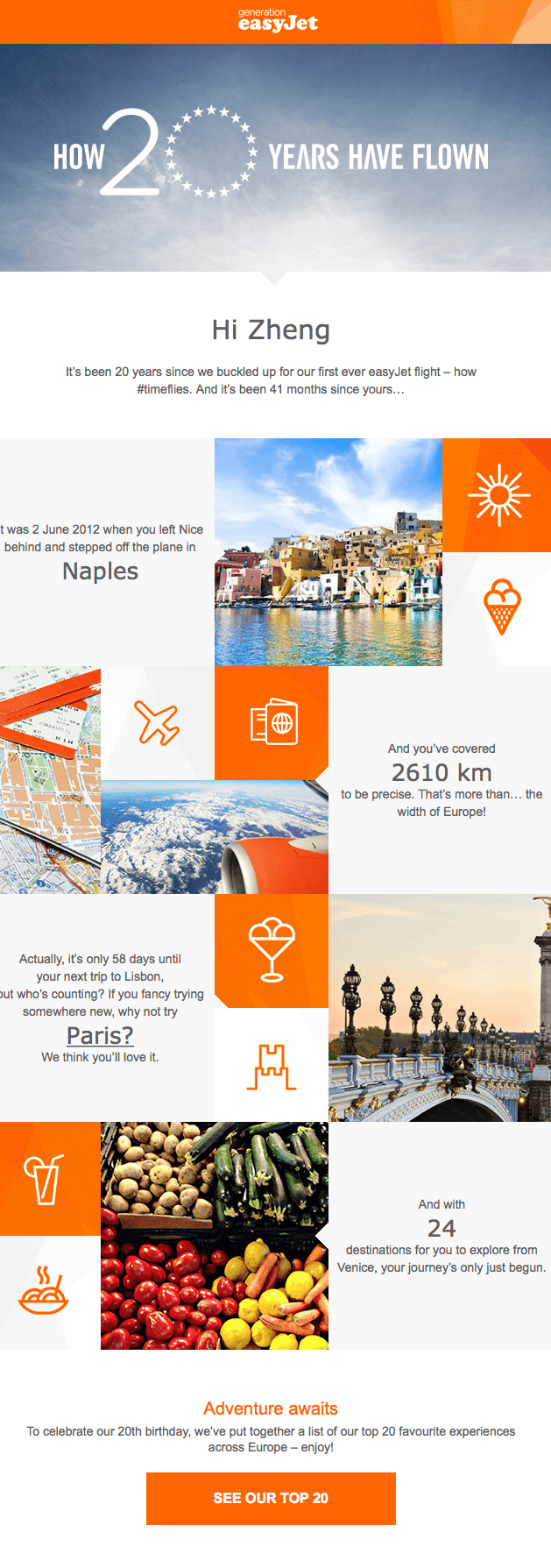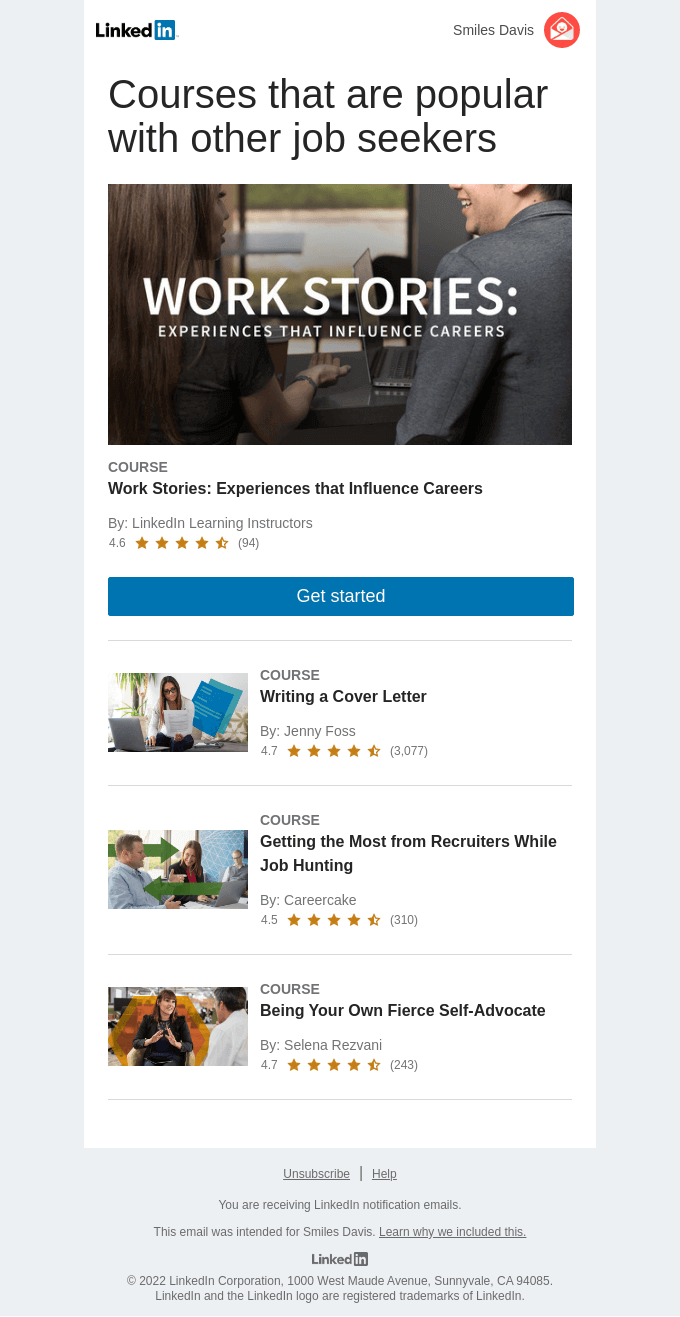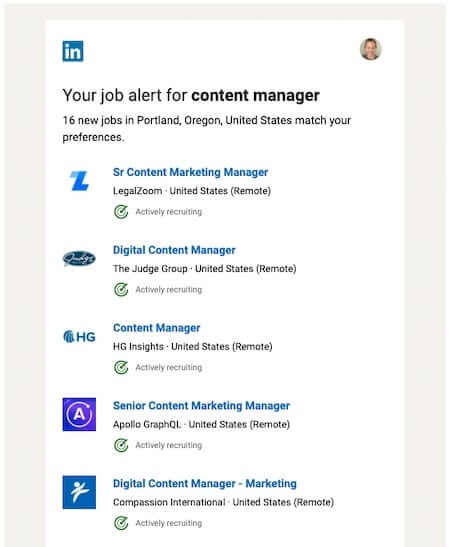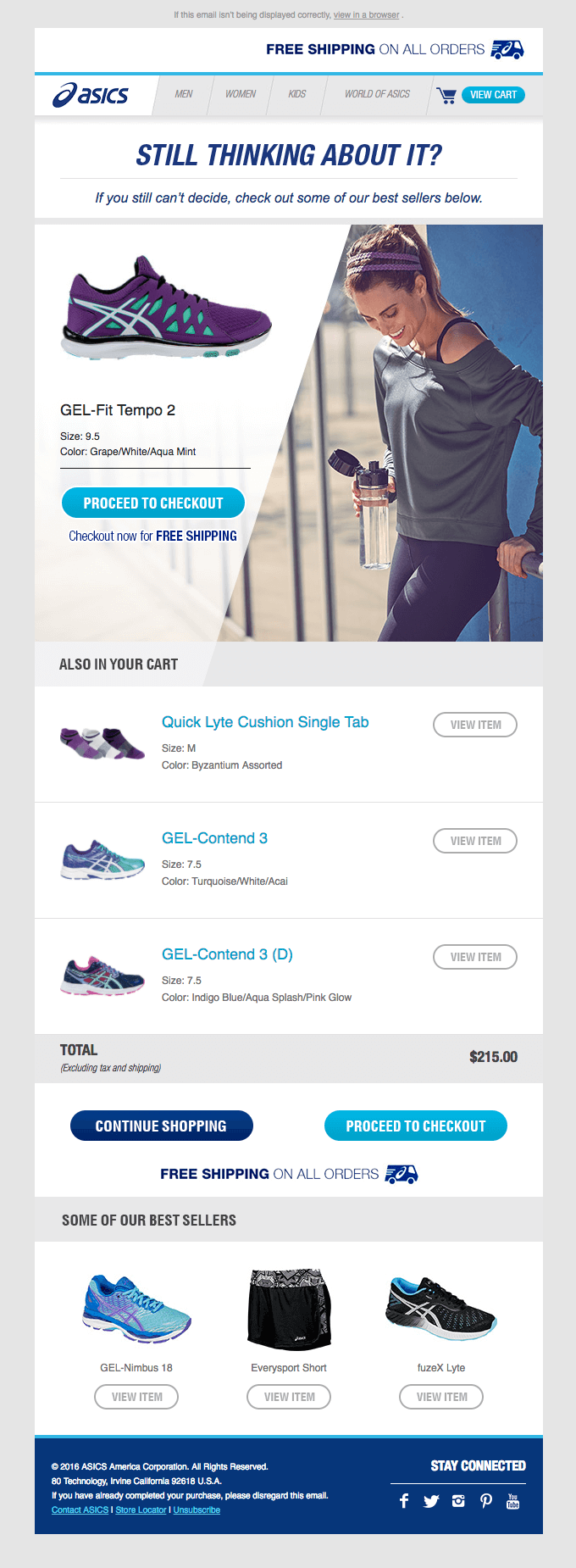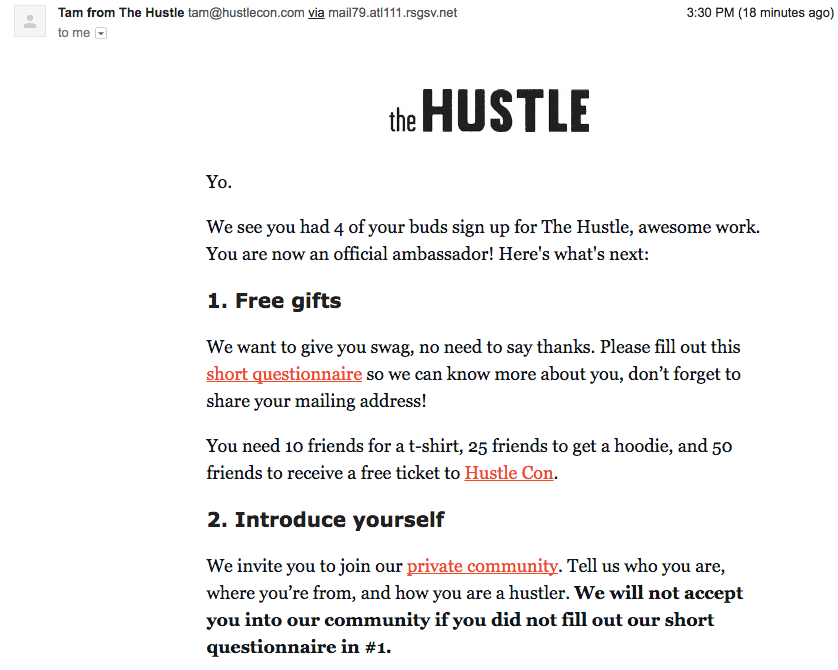What is email personalization and why is it important?
Email personalization is the practice of tailoring an email content to specific individuals or segments. This can involve using a recipient’s name, referencing past purchases or interactions, or targeting a specific demographic.
To stand out in today’s busy media landscape, it’s important for businesses that want to connect with their audience to craft personalized messaging. This kind of communication has several advantages:
Provides a positive user experience
Personalization helps companies create relevant content and send individualized offers to subscribers. A majority of consumers (71%) want companies to communicate with them on a personal level.. This tailored approach helps strengthen your customers’ emotional connection to your brand, maintain audience engagement, and reduce unsubscribes.
Strengthens customer relationships
Personalization makes communication between salespeople and customers more human. Customized emails are highly valued because they show subscribers the brand’s attention to their needs and interests. As a result, the brand’s subscribers – their customers and prospects – will have a positive experience.
Increases the effectiveness of the email strategy
Email newsletters are more than a marketing tool when brands personalize their messages. 91% of users are willing to buy from personalized content. Quality is favored over quantity in this case, so fewer emails are sent overall.
Helps increase clickability
According to statistics, emails with personalized subject lines are 26% more likely to be clicked on, and calls to action that are personalized perform twice as well as generic ones. When crafting emails, consider the needs and interests of your individual subscribers, address the recipients by their name in the subject line.
For example, if you are promoting a new product, tailor your CTA language to speak directly to how it solves a problem or meets a desire for each individual recipient. Instead of a generic “Buy now!” CTA, try something like “Get ____ to solve ____ problem” or “Upgrade to ____ for ____ benefit.”
